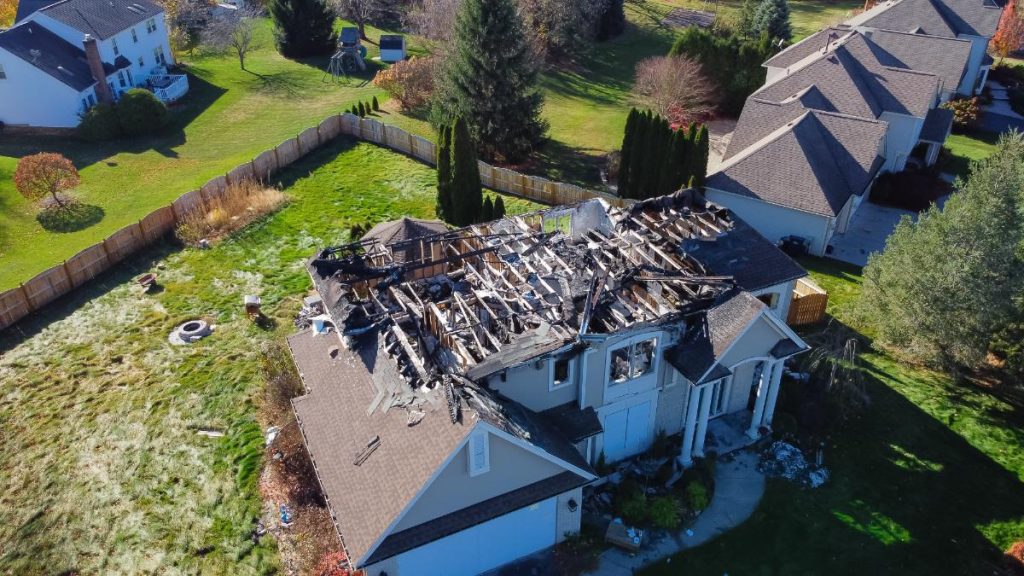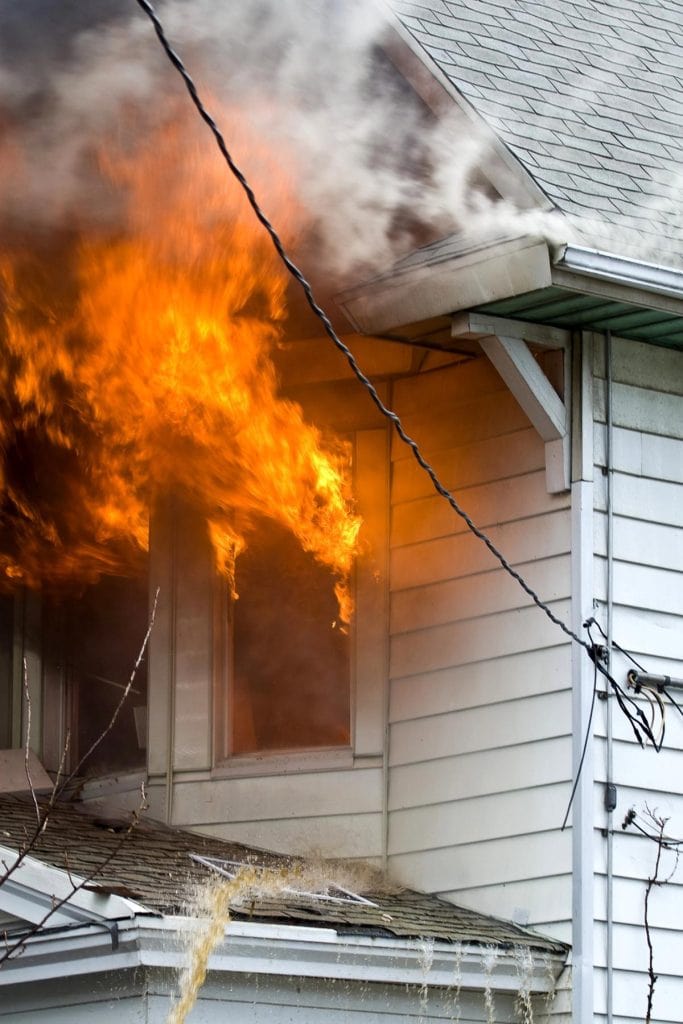When a house fire strikes, the aftermath can be overwhelming and devastating. In addition to the emotional toll, people may feel lost regarding the practical steps they must take for recovery. Swift and informed action can significantly ease the path to recovery and help restore normalcy. This guide clarifies the key steps following a house fire to facilitate recovery and planning for the future.

Ensure Safety First
After a fire, prioritize your safety by ensuring it is safe to enter your home. Even if the blaze appears extinguished, the integrity of structures may be compromised, and unseen hazards could still exist. Always wait for the fire department to give the all-clear before entering. Once it is deemed safe, conduct a comprehensive assessment. Take note of the damage, but also consider how the incident may have affected air quality and other aspects of health. Try to understand how the temperatures of a house fire can create a hazardous environment, leading to potential lingering toxins or fumes. It’s wise to consult professionals to determine the safety protocols to follow.
Rest assured that if you intend to sell your property later on, cash buyers are willing to take in fire-damaged properties. If the damage is extensive and beyond your means to repair, selling the property may be a viable option. Many homeowners must know the fast-growing market for cash buyers interested in fixer-uppers or investment properties. This pathway can provide a way to move on without incurring significant additional costs. Cash buyers often have the resources to renovate, allowing you to cash out and avoid the stress of a lengthy restoration process. However, consulting with a real estate agent can provide valuable insights into how to market the fire-damaged house effectively. They can help assess potential value despite the damages and set realistic expectations for any offers received.
Contact Your Insurance Provider
Once safety is established, contact your insurance company as soon as possible. Provide them with all necessary details about the incident, including your policy number and specifics about the damage. Insurers often send an adjuster to assess the damage firsthand, so being prepared with an inventory of lost items can expedite the process. This documentation includes taking photographs and keeping receipts of damaged property, which can prove your claim. Be aware of the deadlines for filing claims, as they can vary by policy. Engaging with your insurer promptly will help ensure you receive the compensation needed for recovery.
Evaluate Restoration Options
After understanding the extent of your insurance coverage, the next step is to evaluate restoration options. You may opt for professional restoration services, which specialize in repairing fire damage, or choose to DIY certain repairs. Professional companies often have experience dealing with insurance claims, which can streamline the process. If you consider doing the work yourself, be mindful of the required skills and knowledge. Safety should remain a priority, mainly when dealing with hazardous materials like soot and smoke. Always factor in the emotional recovery; sometimes the quickest route isn’t the most beneficial for mental well-being.
Find Temporary Housing
Finding temporary housing becomes essential after a fire, especially if your home is unlivable. Contact friends or family for a short-term stay, or consider extended-stay hotels that can accommodate your needs. Make sure to inquire about any financial assistance programs offered by local organizations or your insurance policy that may cover temporary housing costs. If relocation is feasible, research communities where you may want to stay during restoration. Importantly, maintain some normalcy by continuing daily routines whenever possible.
Communicate with Loved Ones
Experiencing a fire can evoke strong emotional responses for you and your loved ones. Speak openly about the situation and encourage those affected to share their feelings. It’s essential not only to process what happened but also to lean on each other for support. Group therapy or counseling services can be beneficial as they provide a supportive space to discuss feelings and fears. Participate in community groups focused on recovery from similar natural disasters. Fostering communication among family and friends can alleviate some emotional burdens and help heal.
Rebuild and Restore
Rebuilding after a fire may feel overwhelming; however, it also presents a unique opportunity to design your living space anew. Work with restoration professionals or contractors to create a plan that includes rebuilding structural elements while updating design aspects to fit your current lifestyle. Consider energy-efficient options and modern conveniences to enhance your home value. And use the rebuilding process to instill a sense of pride and renewal. Prepare for this change financially and mentally; it can take time to see the final results. Create a timeline to keep the process organized and manageable, marking milestones as you progress.

By following these key steps, you can ensure a systematic approach to recovery that prioritizes your safety and well-being. A house fire can drastically alter life plans, but understanding the necessary actions can facilitate healing.
